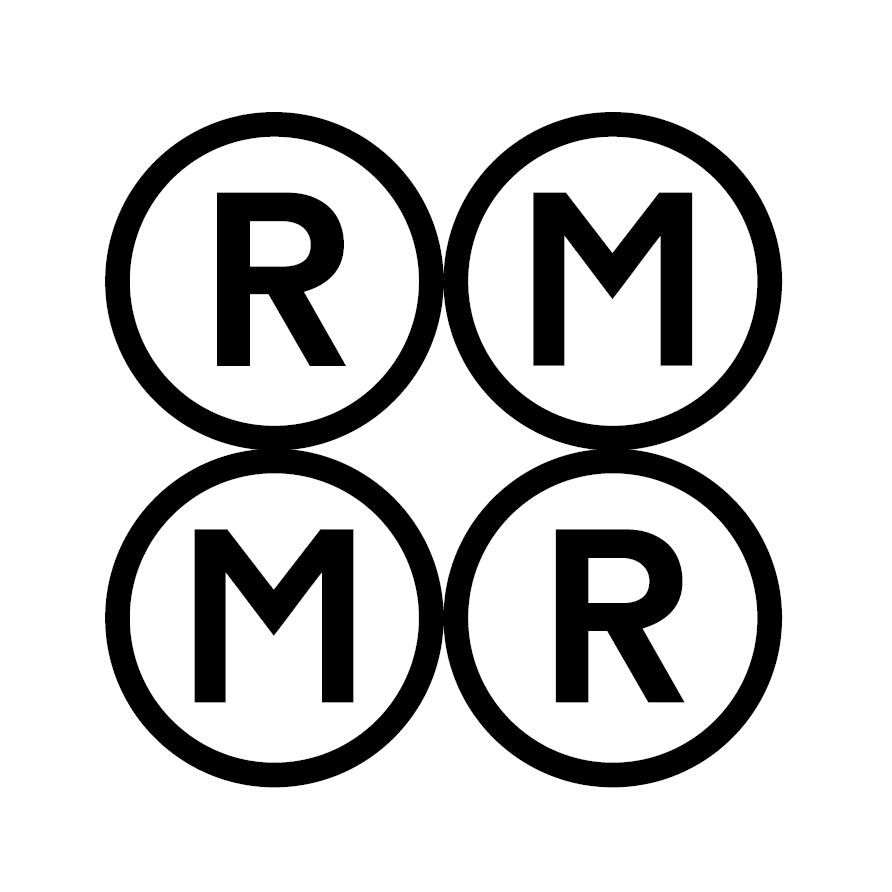The carbon market sector today is still not sufficiently transparent. To offset its carbon emissions, still calculated through approximation, credits are bought whose true environmental impact is not known. This is why Therme Group, a global leader in urban well-being solutions, wants to completely redesign the instruments adopted so far in the carbon credits market, to ensure transparency and security in the ways emissions are offset.
The focus will be the so-called visitor economy, the tourism sector which relates to all activities generated by travel and leisure stays. This is a strategic sector for many reasons. However, it has struggled to reduce its environmental impact because of the lack of technologies for precisely measuring the most elusive emissions, namely indirect emissions, which for businesses fall within the Scope 3 category.
Carbon Tokenomics
Therme Group’s innovative technology, developed in collaboration with Surrey University – with its recently established Institute for Sustainable Tourism led by Italian professor and former Education and Research Minister Lorenzo Fioramonti – is based on a system that combines a carbon footprint calculator with a model called Carbon Tokenomics. In practice, emissions are measured dynamically through a state-of-the-art carbon footprint calculator, which uses artificial intelligence to process myriad data: from actual consumption during flight per number of passengers to the impacts generated by hotels.
“Approximately 11% of global greenhouse gas emissions are due to tourism, a figure that will likely double by 2050 at this rate of growth,” says Therme Group vice-president Professor Eduard Goean, who has led two important studies on the Carbon Tokenomics model and its application. “Our goal is to provide the industry with a tool that enables precise carbon footprint measurement and tourists with a reliable way to offset the CO2 that is generated.”
Once emissions have been quantified, if a tourist wants to offset them by investing in sustainable projects, the Carbon Tokenomics model comes into play. The technology, which is still in development, is based on the tokenisation of emissions that are recorded on a “quantum” blockchain, which can securely process millions of requests per second.
“In this way, we can not only channel billions in investments to the industry through the rates paid by tourists for offsetting, but we also generate a parallel economy that creates further profits that can then be invested in green projects,” says Goean. “This all happens transparently, in a way that can be monitored by users.”
Toward carbon-neutral tourism
Therme Group believes that, given the current growth scenarios for the sector, this model is necessary for tourism to achieve carbon neutrality. Today, the instruments used for carbon footprint accounting and offsetting in the visitor economy are not seen as trustworthy and, especially in a country like Italy where tourism represents a considerable slice of the national economy, the spread of such a technology could accelerate the green transition in the sector.
The project will require a period of gradual experimentation, starting from a first network of tourist platforms and hotel chains. After the launch of the technology at the world’s largest tourism fair (the ITB in Berlin) in the spring, Therme Group will also demonstrate the potential of Carbon Tokenomics to political decision-makers. “Europe remains our focus because we want to make our continent a true example of sustainability, but our technology will become applicable everywhere,” Goean concludes.
This article is also available in Italian / Questo articolo è disponibile anche in italiano
Image: Envato
This content is produced thanks to the support of sponsors



